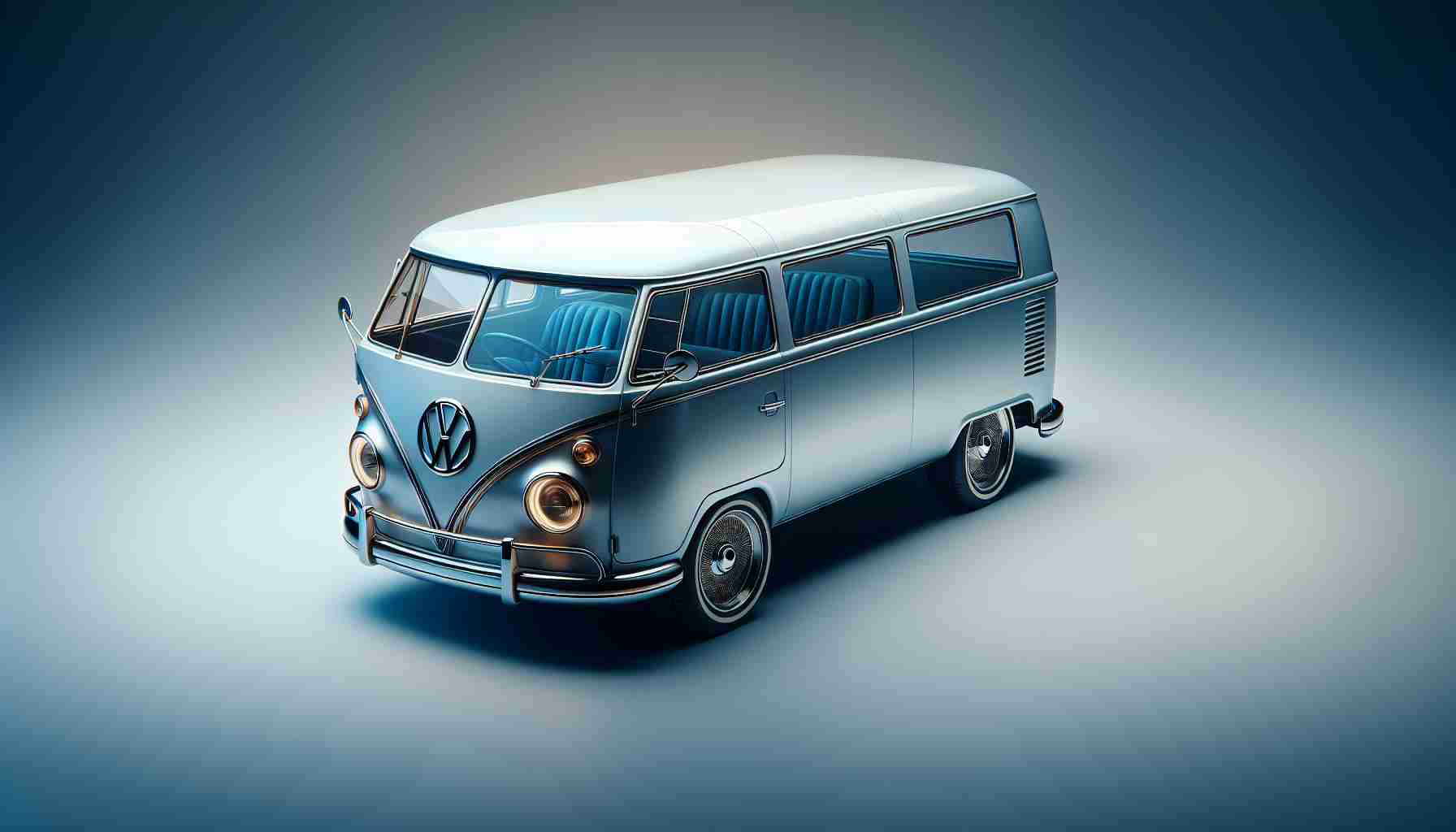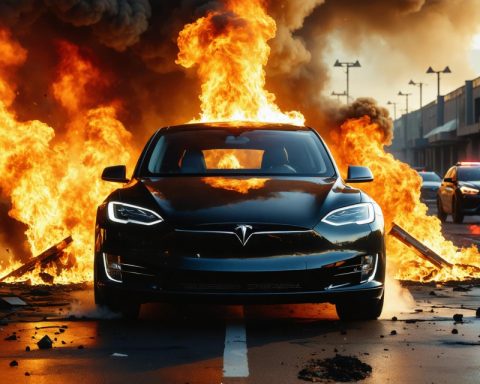The excitement surrounding the Volkswagen ID. Buzz has reached new heights as its release draws near. This electric vehicle, inspired by the beloved Volkswagen Microbus, has captured the imaginations of enthusiasts and nostalgic fans alike. The design pays homage to the iconic vibes of the 1960s, intertwining modern technology with a touch of retro charm.
Volkswagen’s journey to bring this electric van to life has been a long and complex one. Following the success of the New Beetle in the late 1990s, the company attempted to revive the Microbus. However, the project faced numerous challenges and delays, transforming it into a two-decade saga of development. The ID. Buzz is more than just a revival; it serves as a symbol of Volkswagen’s commitment to innovation and sustainability in the automotive industry. According to company executives, the ID. Buzz is designed to elevate the brand’s image by attracting attention and showcasing its capabilities.
After decades of anticipation, the ID. Buzz began production for European markets in 2022, with the U.S. version being presented in 2023. This new electric van represents a shift in both style and functionality, moving beyond the utilitarian roots of its predecessor while maintaining an essence of charm and nostalgia. As the launch approaches, excitement builds for what the ID. Buzz will contribute to the evolving landscape of electric vehicles.
Volkswagen ID. Buzz: Blending Heritage with Modern Electric Mobility
As the Volkswagen ID. Buzz rolls out into the market, it represents a significant cultural shift, embracing eco-friendly technology while honoring the legacy of the iconic Microbus. While the earlier excitement around the vehicle focused on its aesthetic appeal and nostalgic connections, new developments highlight the vehicle’s innovative features and vital role in the electric vehicle (EV) market.
Key Features and Technological Innovations
The ID. Buzz is built on Volkswagen’s modular electric drive matrix (MEB) platform, which offers substantial advantages in terms of driving range and efficiency. Depending on the model, the vehicle can achieve an impressive range of approximately 260 miles on a single charge, making it suitable for both everyday use and long-distance travel. It is equipped with an 82 kWh lithium-ion battery that can be fast-charged to 80% in just 30 minutes, significantly reducing downtime and addressing one of the main concerns regarding electric vehicles: charging accessibility.
The ID. Buzz also features state-of-the-art driver assistance systems, including adaptive cruise control and lane keeping assist, which ensure a safer driving experience. The integration of the latest infotainment systems allows rigorous connectivity, including smartphone integration, over-the-air updates, and an advanced navigation system that can suggest charging stations along a planned route.
Addressing Key Questions
1. What is the target market for the ID. Buzz?
The ID. Buzz is aimed at families and adventure-seekers looking for spacious, eco-friendly vehicles. Its combination of retro design and modern technological conveniences targets various demographics, including millennial consumers who value sustainability.
2. How does the ID. Buzz compare to competitors in the EV market?
At launch, the ID. Buzz competes with vehicles such as the Ford Mustang Mach-E and the Mercedes EQB. While it holds its ground in terms of range and technology, its unique design and homage to a beloved vehicle set it apart from traditional crossover SUVs.
3. What are Volkswagen’s plans for future electric vehicle expansions?
Volkswagen has committed to electrifying a significant portion of its lineup, planning to release numerous EV models in the coming years. The success of the ID. Buzz will influence these future developments, setting a precedent for design and functionality in their electric offerings.
Key Challenges and Controversies
Despite the enthusiasm surrounding the ID. Buzz, several challenges persist:
1. Production and Supply Chain Issues: The ongoing global semiconductor shortage has affected many automotive manufacturers, including Volkswagen, potentially delaying deliveries and affecting the launch of the U.S. version.
2. Environmental Concerns: While the ID. Buzz is heralded for its electric functionality, concerns around the sourcing of materials for batteries and the carbon footprint of manufacturing processes remain topics of debate.
3. Cultural Sensitivity: Some critics argue that while the ID. Buzz is a revival of a cultural icon, its commercialized image lacks the true spirit of the original Microbus, which was associated with counterculture and social movements in the 1960s.
Advantages and Disadvantages
Advantages:
– Retro design appeals to a broad audience, evoking nostalgia.
– Advanced EV technology enhances driving experience and environmental sustainability.
– Generous interior space makes it practical for families and group travel.
Disadvantages:
– Higher upfront cost compared to traditional internal combustion engine vehicles.
– Charging infrastructure in some regions may be limited, making long-range travel challenging.
– Concerns over long-term battery life and replacement costs.
As Volkswagen rolls out the ID. Buzz into the electric vehicle landscape, its impact will be continually analyzed. Whether it revives interest in electric vans or establishes new manufacturing and environmental standards, the ID. Buzz sets a progressive tone for future innovations in the automotive industry.
For more on Volkswagen and its electric future, visit Volkswagen.









